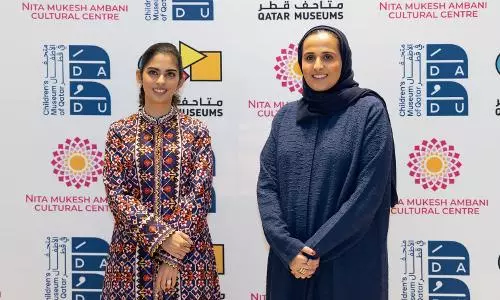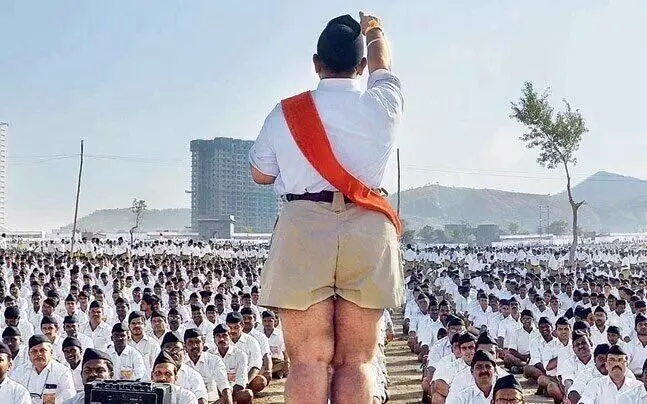
Sangh Parivar and the Constitution of India
text_fieldsOnly a few days ago, Saji Cherian stepped down as the Minister of Fisheries and Culture from Kerala's Left Front government. He had to bow out as directed by Chief Minister Pinarayi Vijayan for stirring up a controversy slandering the Constitution of India in a speech at a CPM party event.
However, the ripples of the row have not been over yet. It is only thickening centering on the constitution. The latest of the rants says neither the RSS nor the BJP has the moral certitude to blame the CPM or Saji Cherian, because RSS ideologue Madhav Sadashiv Golwalkar already rejected the Constitution of India. Now there is an uproar over the BJP leader P.K.Krishnadas's statement that said: Constitution should be Indianized; the Indian Constitution envisages a distorted concept of secularism; Western concept of socialism is not suitable for India. Krishnadas nevertheless is arguing that he did not mean what he said and added that Guruji had approved of the Indian Constitution. Reports say that BJP President Nadda has sought an explanation from him. Let's wait and see how things turn out eventually.
One cannot deny the fact some of Golwalkar's arguments about the Constitution need to be evaluated thoroughly. The Sangh Parivar cannot deny his ideology, because RSS existed and is extant on the foundations laid by Golwalkar's line of thinking. The Hindutva government aims at making India a nation built up on this ideology. For that reason, the Indian Constitution, made up of clauses drawn up from the constitutions of various western countries like America, Britain, France, was not acceptable to Golwalker. He argues that the Constitution, which misses terms such as Swarajya and Dharmarajya in the preamble, does not reflect India's social background or political philosophy. Golwalkar was loath to accept India having been envisioned as a union of states that wield however limited powers. He argued that India is not a union of states, but a single nation stretching between what is called Asetuhimachala. He even questioned the colours of the national flag and the concept that saffron represents Hindus, green for Muslims and white represents others. According to this line of thought, when it was pointed out that the colour representation was a communal approach, the interpretation came that saffron represents sacrifice, green for nature and white stands for purity.
How could Golwalkar, who perceived minority religions—Islam and Christianity—and the Communists as internal threats, reconcile to the Constitution's Article 25, which enshrines religious minorities' freedom of belief and freedom of expression? This is the backdrop of BJP's opposition to the Ministry of Minority Affairs when it was introduced and also when the Sachar Committee was appointed to study and submit a report on the condition of Muslims in the fifty years of independence. It is already obvious that the Modi government maintains the portfolio only to induct cronies as well as misleading the outside world.
Notably the Modi government does not have a single member of the cabinet from the 15 percent of Muslim community. In short, the constitution based on secular democracy and social justice is not acceptable to the Sangh Parivar. They are maintaining the Constitution for now because it has helped them to come to power. It goes without saying Sangh Parivar uses every opportunity to amend it and pass laws contrary to its spirit and freeze its paragraphs. There is no doubt that once a sufficient majority is secured in the Rajya Sabha as well, the fundamental amendments necessary for the creation of Hindu Rashtra will be introduced. The non-BJP parties should understand this reality before formulating their stand if they are sincerely committed to secularism.






















